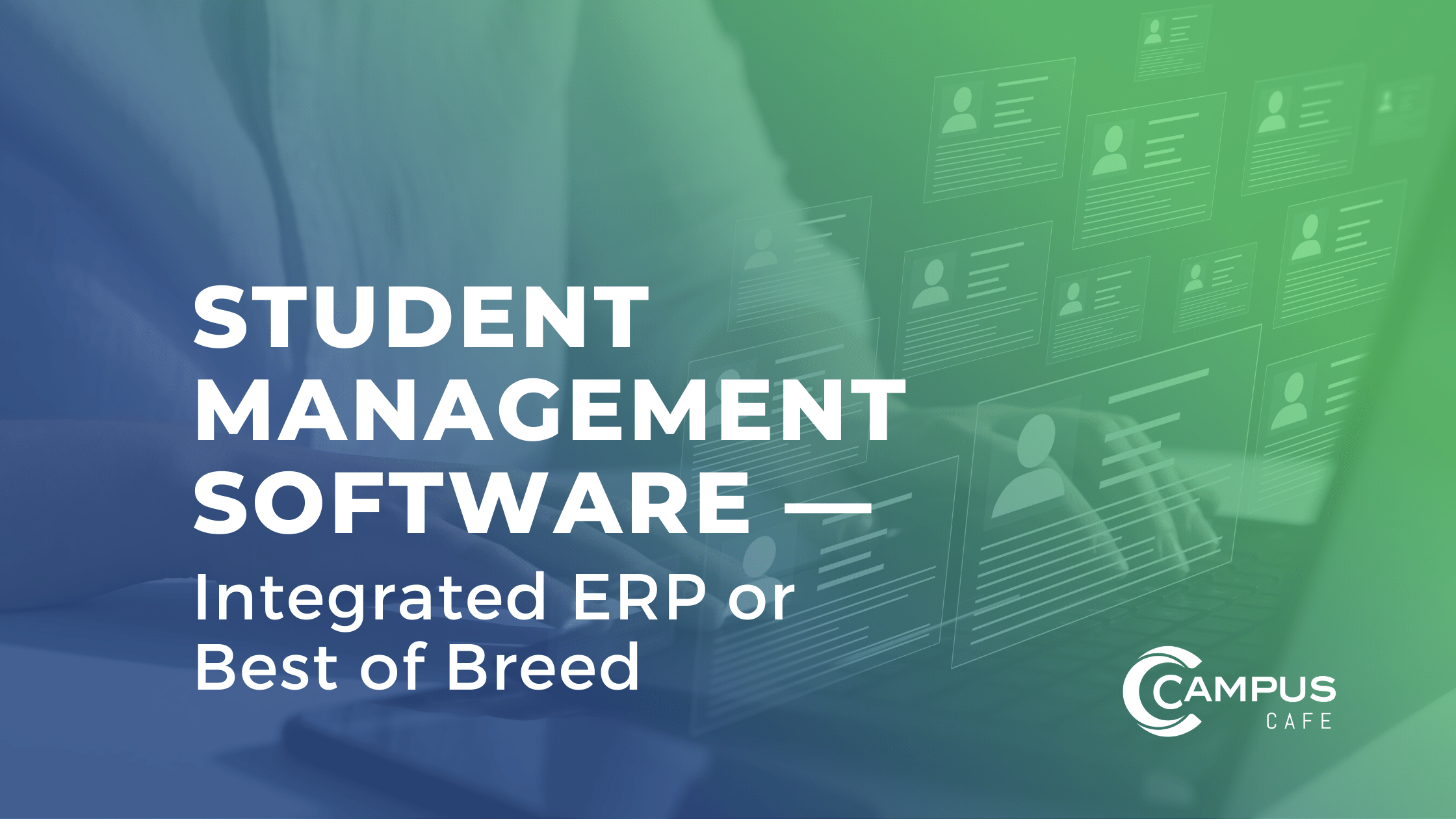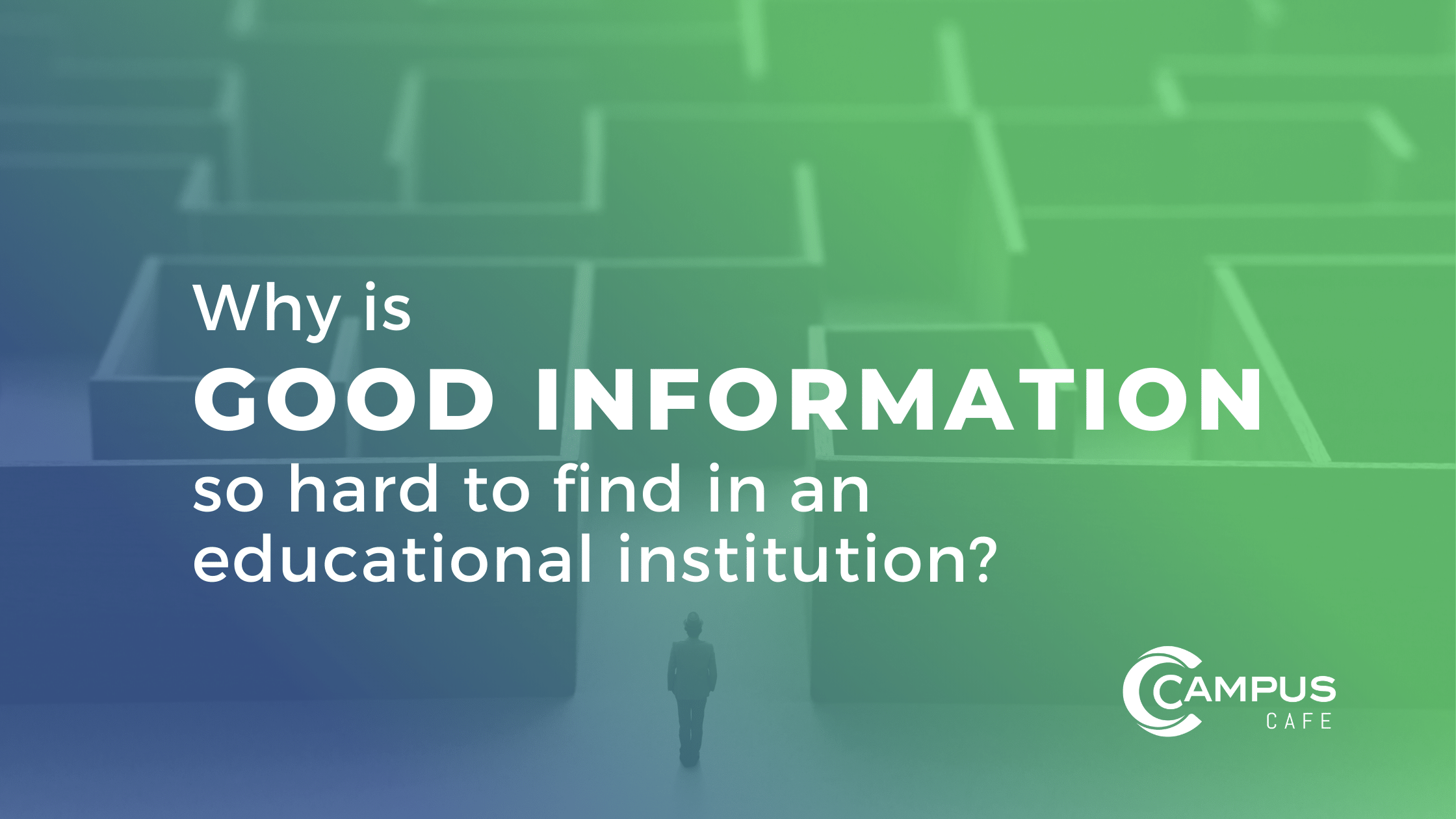Sometimes it can be hard to quantify the value of a Student Information System (SIS). You know you need one because it provides necessary user interfaces and critical data for strategic decision making, but does it really translate to the bottom line, and save the institution valuable costs and resources?
The answer is a definitive yes. Intuitively, it’s impossible to imagine running an organization effectively without one. The most obvious tangible benefit is the number of man-hours saved from an integrated student information system rather than tracking information in spreadsheets (or multiple databases that don’t talk to each other). But more specifically, I’ve outlined 5 instances where an integrated student softwarewill directly save your institution money or bring more revenue in the door.
#1. Mastery of Government Funding & Federal Reporting
We don’t have to tell you, but a recent report by the GAO (1) found that the government requirements for student financial aid were the a�?most burdensomea�? on colleges and universities, costing hundreds of man-hours and untold dollars to compile. The National Association of Student Financial Aid Administrators echoed this, saying that handling governance took so much time it left less opportunity for counselors to meet in person with students.
Given the immense sums involved it doesn’t appear these regulations are going anywhere, so it’s best for institutions of higher education to develop ways to minimize the burden. Paramount to this is a good student information system.
An SIS will help collect and compile the data for all the required reports for state and government agencies. These include IPEDS, Title IV/NSDLS, Graduate-to-Employment reports, as well as accreditation with some of the requirements outlined here.
IPEDS
The data collected by the Independent Post-secondary Education Data System (IPEDS) covers seven areas: institutional characteristics, institutional prices, enrollment, student financial aid, degrees and certificates conferred, student persistence and success, institutional human and fiscal resources.
Some of the data that a student information system will have available in real-time for these reports is
- enrollment by state, age, ethnicity
- graduate completions by field of study
- retention and graduation rates
- faculty and staff demographic data
- revenues and expenditures
Title IV
The process for administering student financial aid is defined under Title IV of the Higher Education Act. The regulations change annually and a school is responsible for understanding each student’s eligibility for the various grants and loans including, Federal Pell Grant, Federal Supplemental Education Opportunity Grant (SEOG), Federal Teacher Education Assistance for College & Higher Education Grant (TEACH), Federal Direct Stafford Loans ‘ Subsidized, Unsubsidized, Grad PLUS and Parent PLUS etc.
Federal regulations require all schools to apply Title IV financial aid funds to tuition, mandatory fees, housing charges and book deferments.
If these federal funds aren’t tracked and applied to student charges correctly it could be costly in terms of fines and lawsuits. A fully integratedschool managementsystem will either handle all the Title IV reporting or tightly integrate with Title IV specialty software.
The other area that a student information system becomes vital is for the calculations required for meeting Title IV eligibility. In recent years new regulations have been instituted for graduate to employment rates and now institutions must certify that each of their gainful employment programs meets the accreditation requirements.
#2. Increase Student Retention
In a prior post on student retention I describe in detail all the ways a student information system can help keep more students enrolled.
This is of great importance since upwards of 30% of students won’t reach completion. When a student drops out, additional funds must be expended to attract and enroll the next student, in addition to the opportunity cost of future revenue.
Without a strong retention program, cost and reputation become central issues. A good student information system with retention scoring, degree auditing, judicial tracking, student attendance and grade book can make all the difference.
For more on how these features help your retention program check out my post, An Integrated Student Information System is Your Best Friend for Retaining Students.
#3. Integrated Data for Better Decisions
Probably the most important way an SIS saves money for your institution is by giving users real-time access to student recordswithout requiring extra resources. Some small to mid-sized schools fall into a trap of purchasing separate school management systems for admissions or student retention and find they need additional man-hours for keeping the data in sync across all departments.
A bigger issue is schools who already have an SIS but purchase the latest new stand-alone software (admissions, for example) with a slick new user interface, hoping to integrate it with their existing SIS. Unfortunately, they realize afterwards the added costs required to maintain both systems outweigh the benefits, and often they plot a costly new course with additional software, training and implementation expenses.
For more details on why this can be a mistake check out, Student Management Software ‘ Integrated ERP or Best of Breed.
#4. More Effective Recruiting
The cost of recruiting a student who eventually enrolls is over $2,400 (2). So all the time and money planning, managing and measuring the recruiting and admissions programs shouldn’t be wasted. The distribution of texts, emails and letters that are well tracked in a workflow that triggers automatic follow up is essential to an efficient recruiting operation.
While efficiency of operations is beneficial, what’s more important is how effective the recruiting operation is at finding and attracting the right candidates. An SIS with a robust admissions module will offer key insights into outreach programs that bear the most fruit and provide the tools for admissions counselors to focus on the most receptive candidates to grow enrollments.
#5. Better Accountability and Fraud Prevention
When mistakes or errors occur, it can be difficult to determine the source. If it’s an honest mistake you want to identify it so it can be rectified. Schools are under increasing scrutiny to guard against unauthorized or malicious activity and need tools to quickly identify areas of concern.
In either case the goal is to hold people working in the system accountable for their actions. That’s why a robust student information system will have an in-depth audit trail and user permission system that allows granular access and records of all changes.
Mistakes can occur when individuals are given access to areas they don’t need, so they inadvertently make a change to something they don’t understand. Robust controls are the key to accountability. User awareness that the system keeps tabs on all activity is a strong incentive for good behavior and accurate recording of data.
Conclusion
Institutions should routinely examine their school administration systems to ensure that they are providing a strategic advantage. If the system is not providing a high level of service or does not provide accurate and easy to obtain reporting, then alternatives should be investigated. The costs associated with poor recruitment, retention, reporting, and accountability may outweigh the cost of replacement. Return on investment should always be measured against these costs to keep your organization running smoothly and efficiently.
Any questions?Contact Us
Sign up for a Free Online Demonstration of Campus Café
About the Author
Joe Stefaniak has been a leading expert for almost 30 years in the development and implementation of software solutions for higher education. His expertise is in helping colleges and schools streamline operations and manage information for better decision making through analysis and application of best practice software. He founded SCAN Business Systems in 1986. Its flagship product, Campus Café, has grown into a leading provider of educational student information systems. He holds a degree in Business Administration from Northeastern University.
Sources:




